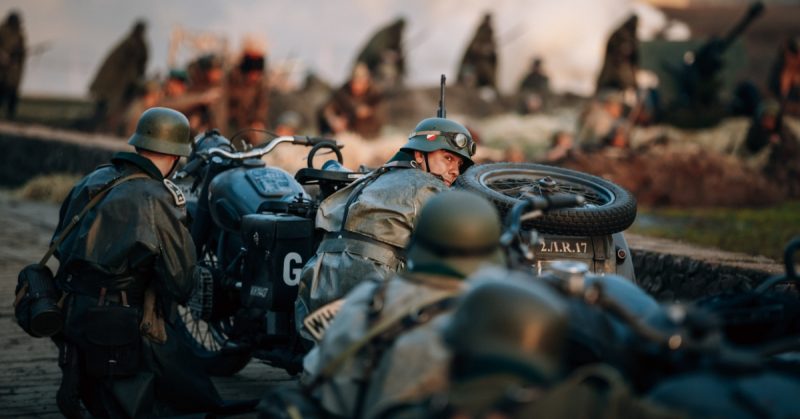In September 1944, American troops broke through Germany’s toughest defensive line. The Germans were saved from disaster by a hard-drinking field marshal who reacted faster than his subordinates. It was a small triumph for them in the face of the Allied advance that would eventually end the Second World War.
The Siegfried Line
Built during the years 1936 to 1939, the Siegfried Line was a characteristically ambitious feat of Nazi German engineering. Running the whole length of the Franco-German border, it gave Germany protection against its most persistent enemy of the previous 70 years. Nearly 20 miles deep and featuring 22,000 defense posts, it was a huge network of concrete emplacements and tank obstacles.
The Line was abandoned after the fall of France to the Germans in 1940. But when the Allies began the liberation of France in June 1944, the German command realized that they might need the Line again. Neglected defenses were hastily re-equipped and manned.
Breaking Through
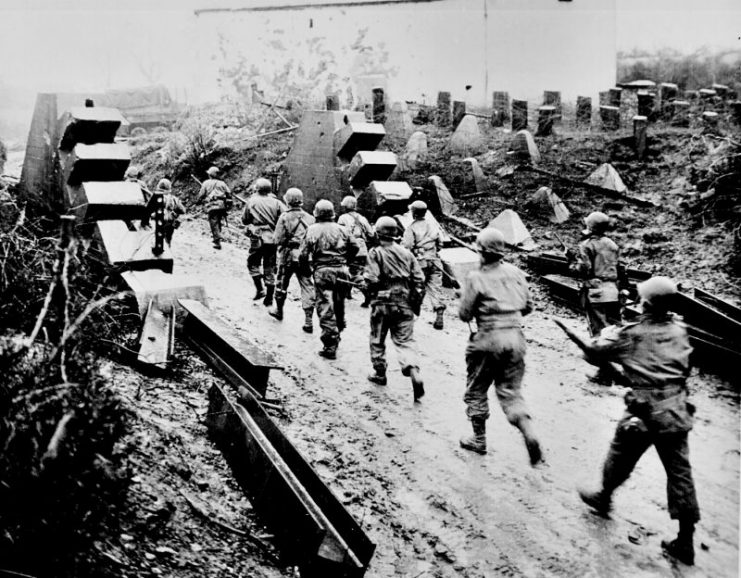
By the middle of September, Allied troops had swept across France and the American armies now faced the Siegfried line and its intimidating defenses. A series of costly offensives were launched.
On the 16thof September, parts of General Gerow’s V Corps managed to break through. But the 28th Infantry Division, known as the Bloody Bucket, achieved only a Pyrrhic victory when they finally pierced the Line as the fighting had left Bucket’s forces too battered to keep advancing.
Meanwhile, a secondary attack by the Fifth Armored and infantry of the 28th Division, known as the Victory Division, crossed the Ouer-Sauer rivers at Wallendorf. In the face of minimal opposition, they had made the first significant breakthrough of the Siegfried Line.
Von Rundstedt Steps In
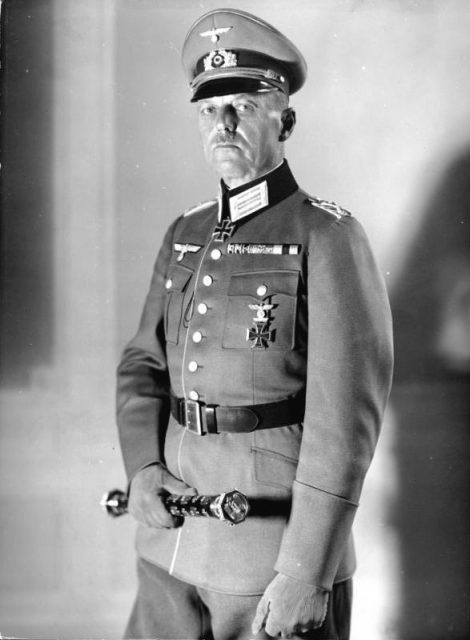
The breakthrough came at a remote point where two German army groups met. Their commanders, Field Marshal Model and General Blaskowitz, were based 150 miles from each other, making it hard to coordinate their efforts. Panic set in among German commanders at the idea that the Americans had broken through.
Far away from the action, Field Marshal von Rundstedt, the German Commander-in-Chief in the West, heard the news. He called the local commander and learned that American tanks were advancing into the small bridgehead. From there, they could soon reach the road network out of the Eifel region, bringing disaster for Germany.
And so von Rundstedt decided to take personal responsibility for crushing the advance.
Von Who?
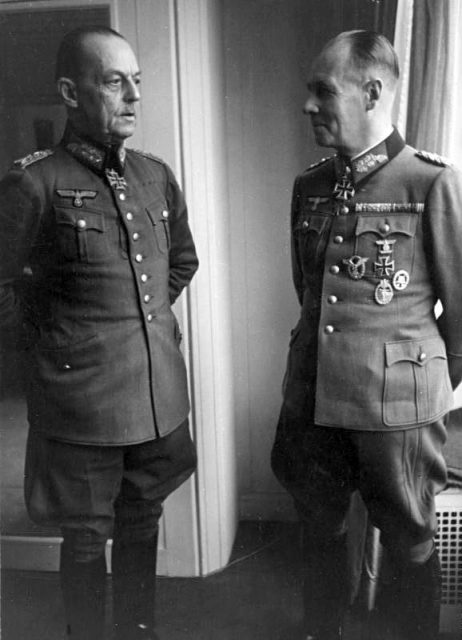
Gerd von Rundstedt was one of the most experienced and respected officers in the German army. He had led German armies in the invasions of Poland, France, and Russia, where he oversaw the largest encirclement in history at the Battle of Kiev.
An old-school Prussian officer, Rundstedt was a hard-drinking aristocrat from a long military tradition. He had twice been removed from command by Hitler, only to be brought back. Now he would prove why he was so respected.
Kornowski Rallies a Riposte
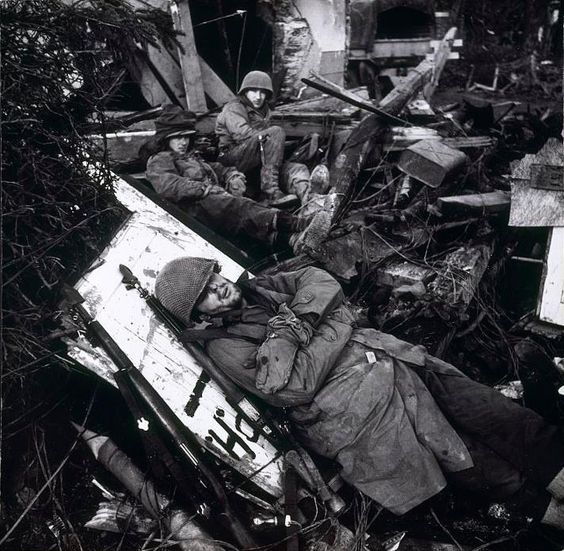
Rundstedt launched a swift and massive counter-attack against the Victory Division, using whatever reserves local German commanders had.
Swift advances were led by men such as Captain Karl Kornowski, a former Catholic priest. Kornowski used his forceful personality to push a band of ex-deserters and draft dodgers into an advance at Dead Man’s Creek. They recaptured eight bunkers from the Americans before Kornowski himself was captured in an ambush.
Piling on the Pressure
Despite the limited resources that could be spared, von Rundstedt kept the pressure up against the Americans. An infantry unit held up the Victory Division’s advance while he launched his counter-attacks. On the German left, he flung the remnants of three divisions against the enemy. On the right, an armored division and an armored brigade attacked.
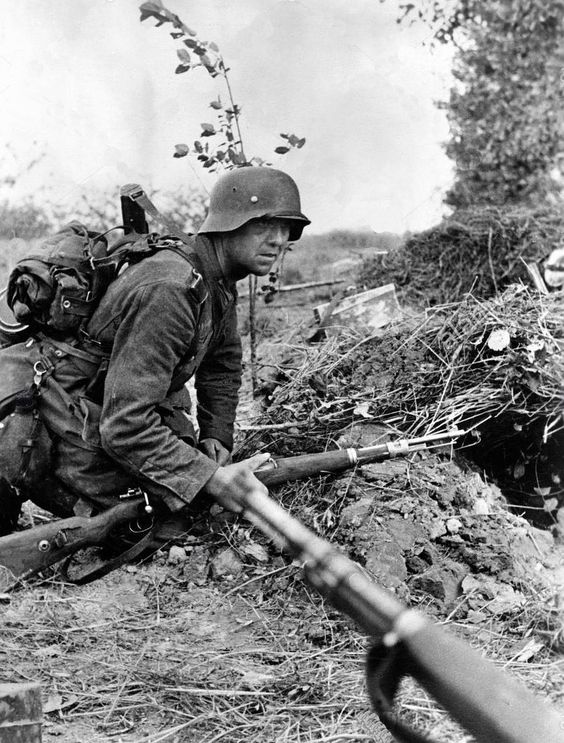
These troops were mostly the remains of units that had taken a battering during the withdrawal from France. Though short of men, they still outnumbered the Americans, thanks to von Rundstedt’s efforts in rallying every unit he could.
As the fighting progressed, the weather worsened, stopping the Americans from calling in air support. Every advantage they had was melting away.
Withdrawal Under Fire
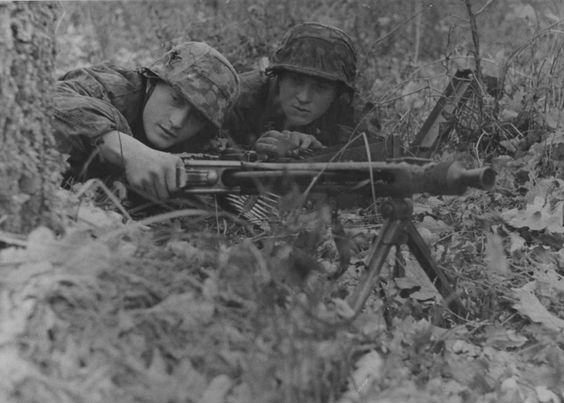
By the 16th, Gerow had already started contemplating abandoning his attack. As things grew worse on the 19th and 20th, he ordered a withdrawal to commence.
The Germans didn’t let up but took the opportunity to do as much damage as they could. More tanks and infantry, supported by Luftwaffe fighters, hammered at the retreating men, turning an orderly retreat into something close to panic.

General Bayerlein engaged in a day-long tank battle against a more numerous force of American Sherman tanks. By the end, Bayerlein’s whole division of 25 tanks had been destroyed, but they had taken out 60 Shermans in the process.
Fight for the Heights
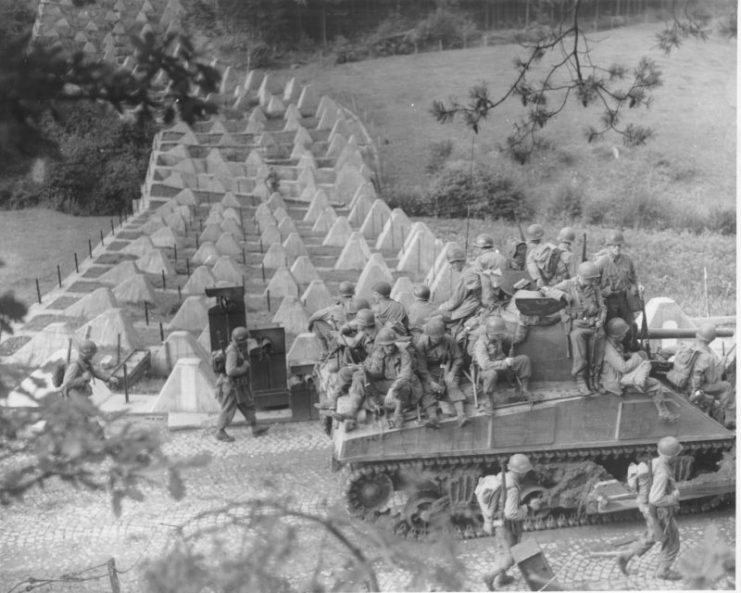
However, the Victory Division clung tenaciously to their bridgehead. On the 22nd of September, they launched a series of attacks against the high ground known as Romersberg. The first attack, launched under cover of fog, nearly succeeded, only to be destroyed when the weather cleared and German artillery opened fire. Four more attacks failed to take the heights.
At last, the Victory Division was forced to completely withdraw. The Germans re-occupied the remaining pillboxes. The Siegfried Line survived intact.
Spoils of a Brief Victory
As they looted the bodies of fallen Americans and the supplies they had left behind, the Germans found a bounty unlike anything they could find in blockaded Germany. Virginia cigarettes, chocolate bars, real coffee. These were treasures of which an ordinary German infantryman could barely even dream.
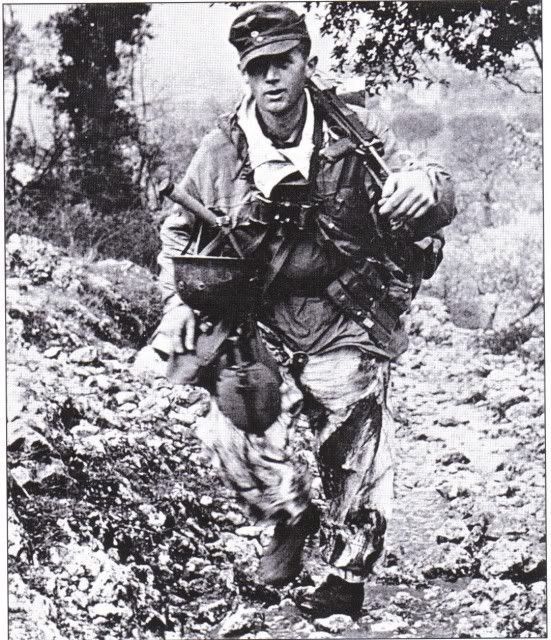
Across Germany, government propagandists made great use of the incident. They crafted vivid stories of American soldiers committing atrocities against innocent civilians in the fought-over territory, and of the German troops heroically throwing them back afterward. The truth, as ever, was secondary to drumming up public support for the regime.
But it was only a passing triumph. The tide of war was still against the Germans. However impressive von Rundstedt’s achievement was, it could only delay the coming inevitable defeat.
Source:
Charles Whiting (1999), West Wall: The Battle for Hitler’s Siegfried Line.
